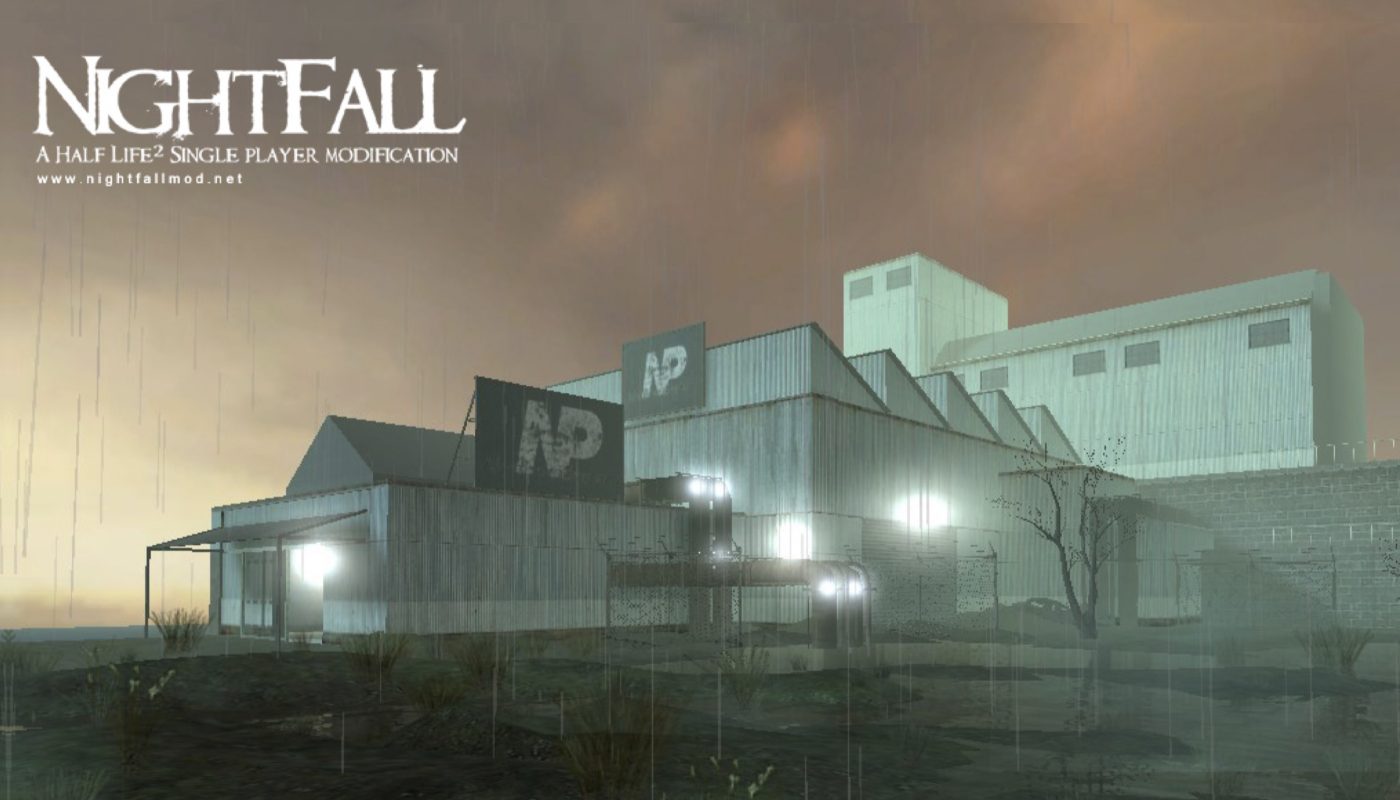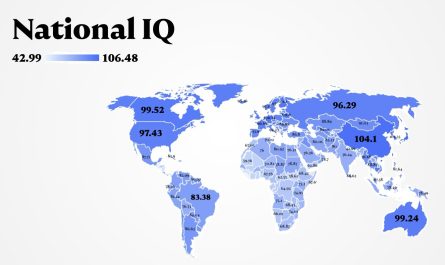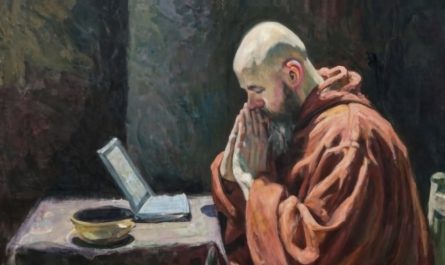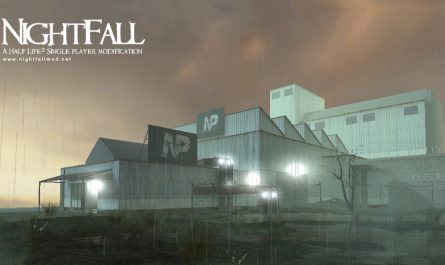Back in 2005, I joined the NightFall project — a single-player mod for Half-Life 2. It was originally started by a team from Australia, but quickly grew to include contributors from all over the world: Canada, the UK, the US. I was the only Russian-speaking team member, though naturally all communication was in English. You can find me mentioned in the project materials and screenshots under the name Connel. I contributed as a T-shaped team member — doing a bit of everything from textures and 3D to scripting and code.
Here is what I think I managed to deliver for the project:
- David Sangster’s face and the process of skinning his mesh to a rig.
- Roaches (NPC_Roach): I implemented the whole thing from scratch — code, textures, sounds, and documentation. Designers could drop them directly into the editor wherever they wanted to add atmospheric detail. The roaches would spawn as flat decals, start running around the floor, and could be squashed by the player’s footstep — triggering a nice, juicy crunch sound and swapping the texture to a splattered version. No roaches were harmed in the making — the texture was just yellow paint. Other team members got excited and started proposing improvements like letting the roaches crawl up walls and ceilings. It was fun how this little feature sparked ideas like: “Imagine a character walking through a dark room, hearing crunching underfoot, and shining a flashlight down to see the floor crawling with roaches.”
- Rats (NPC_Rat): Similar to the roaches — model, texture, and basic AI implementation.
- Voice acting: I recorded several lines for an NPC who was supposed to be Russian in the story. I also contributed a design sketch and moodboard for his apartment to help make it feel more “authentically Russian.”
- Hunter model rigging: I think I helped with rigging the female hunter model to its animation skeleton.
- Textures: I created a bunch of environment textures according to the design doc. Some of them even made it into the official demo screenshots.
- Forums and chats: Like everyone else on the team, I was pretty active on the closed forums and in internal discussions.
Feature demos: Oh, and of course — all the features I worked on were thoroughly pitched to the team. I would record videos showing the feature in action (1, 2, 3), often including both in-game demos and how to set it up in the editor. That way, the pitch came with an install manual. Sometimes I would just post a static screenshot with a quick “Should I build this? Would we use it?” — and based on the reactions, I’d move forward. It was a mix of showmanship and utility: make it look cool and easy to adopt.
Unfortunately, the project was shut down — like most amateur projects — but many of the team members ended up getting hired by game studios afterward. As for me, I remember that time as one of the most fun and warm communities I have ever been part of, despite the creative conflicts (which are inevitable) during development.
In the post-mortem, I am mentioned as: “We had recently brought a new team member on board who was a fantastic artist and a great coder” (thanks, Matt) — followed by a “his work was too good. He was responsible for the face map for Sangster – done at a resolution of 2048×2048 with a body texture of 512×512. It looked out of place – too detailed for the rest of the world – and stuck out like a sore thumb. Rather than accept the scaling back of his texture to a lower res – 1024×1024 would have been appropriate – he wanted us to scale all of our work up to his quality”. Looking back on those heated discussions, I would’ve handled things differently today: either taken full responsibility to bring all textures up to my 2K quality level, or simply disagree and commit, “let’s rescale it if that helps the project.”
That wasn’t the last gamedev project I was a part of, but definitely was the most professional, multi-cultural and ambitious one.







